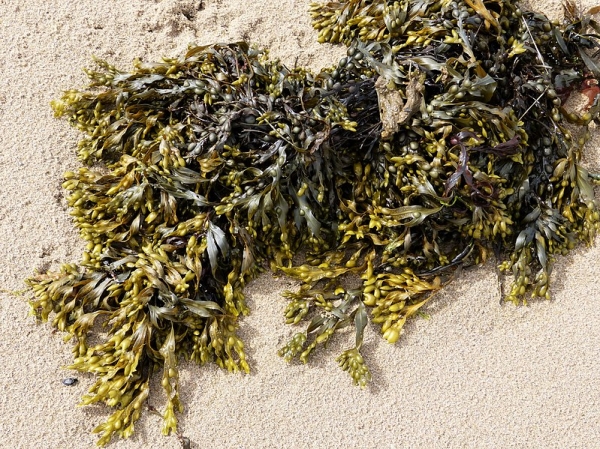Brown algae take up large amounts of carbon dioxide from the air and release parts of the carbon contained therein back into the environment in mucous form. This mucus is hard to break down for other ocean inhabitants, thus the carbon is removed from the atmosphere for a long time, as researchers at the Max Planck Institute for Marine Microbiology in Bremen now show. They reveal that the algal mucus called fucoidan is particularly responsible for this carbon removal and estimate that brown algae could thus remove up to 550 million tons of carbon dioxide from the air every year – almost the amount of Germany's entire annual greenhouse gas emissions.
Brown algae are true wonder plants when it comes to absorbing carbon dioxide from the air. They even outcompete forests on land in this, and thus play a decisive role for the atmosphere and our climate. But what happens to the carbon dioxide after the algae have absorbed it? Researchers at the Max Planck Institute for Marine Microbiology now report in the Proceedings of the National Academy of Sciences (PNAS) that the brown algae can remove large amounts of carbon dioxide from the global cycle in the long term and thus can counteract global warming.
Fucoidan: Brown Algae Slime is Not a Favourite Dish
Algae take up carbon dioxide from the atmosphere and use the carbon to grow. They release up to a third of the carbon they absorb back into the seawater, for example in the form of sugary excretions. Depending on the structure of these excretions, they are either quickly used by other organisms or sink towards the seafloor.
Read more at Max Planck Institute for Marine Microbiology
Photo Credit: gailhampshire from Cradley, Malvern, U.K via Wikimedia Commons


